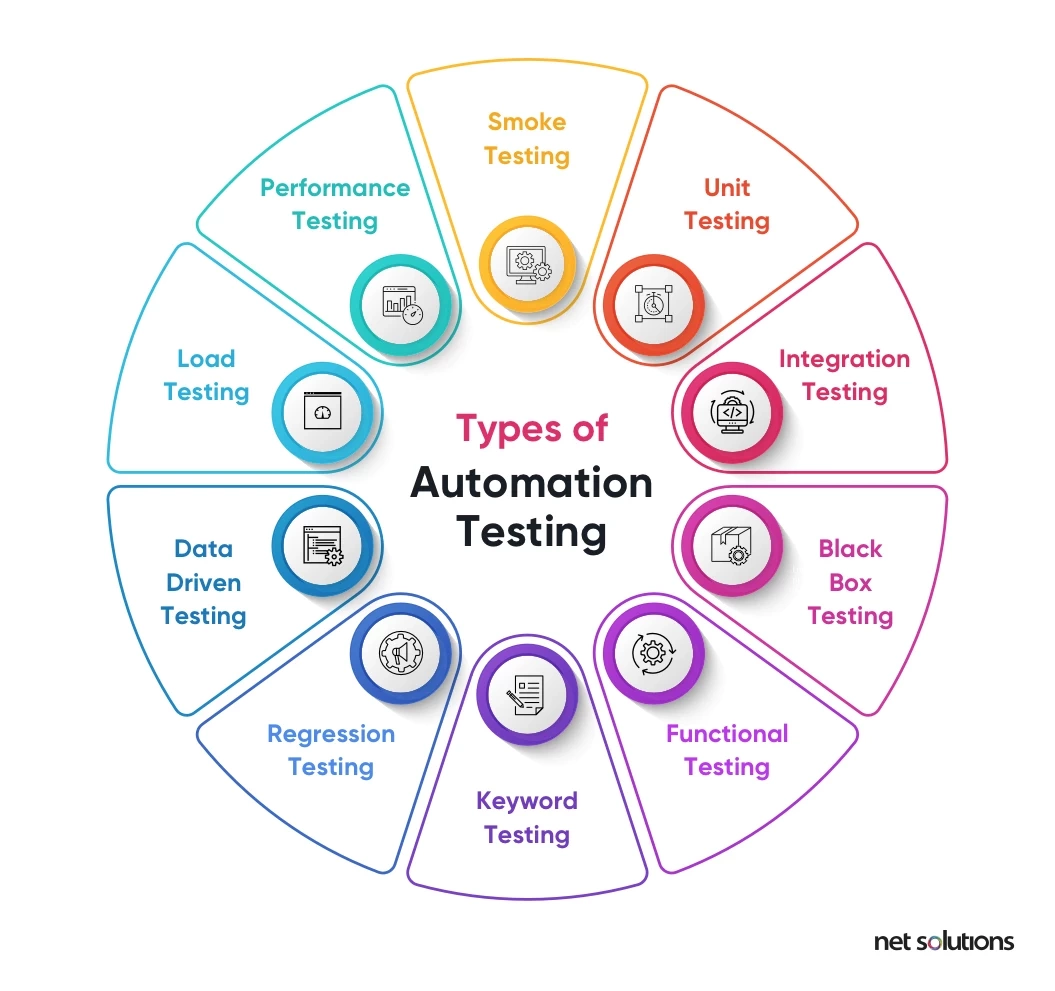The Relevance of Automation Testing in Agile Development Atmospheres
The Relevance of Automation Testing in Agile Development Atmospheres
Blog Article
From Guidebook to Automated Testing: A Comprehensive Guide to Transitioning Efficiently and Efficiently
In the realm of software program screening, the change from manual to automated procedures has ended up being a significantly crucial transition for organizations seeking to enhance effectiveness and accuracy in their screening methods. As innovation remains to advancement, the need for reliable and seamless automatic screening techniques has never been a lot more pressing. The journey from guidebook to automated screening is not without its challenges, however when approached tactically and with a clear strategy in mind, the advantages can be substantial - automation testing. In this extensive guide, we will discover vital actions and factors to consider essential for an effective shift, from the first option of devices to the integration of automation right into existing workflows. Keep tuned to reveal the understandings that will help lead the way for a smoother and much more effective screening process.
Benefits of Automated Testing
Automated screening provides various benefits, improving efficiency and accuracy in software program growth processes. Automated tests can be run simultaneously on numerous devices and operating systems, drastically speeding up the screening phase contrasted to hand-operated testing.
In addition, automated screening guarantees a greater level of precision in detecting defects. Consistency in testing is likewise improved, as automated tests carry out the very same steps precisely each time they are run.
Selecting the Right Devices

To start with, analyze your needs and goals. Comprehend the scope of your project, the technologies included, and the ability of your group. This evaluation will aid you figure out the features and capacities you need in your screening devices.
Second of all, take into consideration the compatibility of the devices with your existing systems and processes. Smooth integration with your present software development lifecycle is important to guarantee a smooth transition to automation.
In addition, review the scalability and flexibility of the tools. As your testing needs progress, the tools must be able to adjust and accommodate changes effectively.
Last but not least, consider the support and area around the tools. When executing automated testing, robust assistance and an energetic user neighborhood can give valuable sources and support. By thoroughly thinking about these aspects, you can pick the right tools that align with your needs and established the stage for a successful shift to automated testing.
Composing Reliable Test Manuscripts

When crafting examination manuscripts, it is necessary to consider the particular requirements of the software program being evaluated and make sure that the manuscripts resolve all critical functionalities. Detailed and clear calling conventions for test manuscripts and test situations can check out this site boost readability and maintainability. In addition, incorporating error handling mechanisms within the examination scripts can aid in determining and attending to problems immediately.
Furthermore, arranging examination scripts into modular elements can boost reusability and scalability, minimizing redundancy and enhancing performance in examination manuscript upkeep. Normal reviews and updates to evaluate scripts are vital to equal advancing software application requirements and functionalities. By following these principles, testers can develop efficient and robust examination manuscripts that contribute considerably to the success of automated screening procedures.
Integrating Automation Into Workflows
By perfectly integrating automated screening tools like Selenium or Appium right into the software program development lifecycle, groups can attain faster responses on code modifications, leading to quicker pest detection and resolution. This combination enables for continual screening throughout the advancement process, making certain that any concerns are identified early on, resulting in greater software program top quality. Correct assimilation pop over here of automation tools needs partnership in between growth, testing, and procedures groups to develop a unified operations that maximizes effectiveness and efficiency in providing premium software program products.
Making Sure a Smooth Change
Efficiently transitioning to automated screening includes meticulous planning and careful implementation to decrease interruptions and take full advantage of performance in the software development procedure - automation testing. To make sure a smooth change, it is necessary to begin by conducting a thorough evaluation of the present screening procedures and identifying locations where automation can bring one of the most significant advantages. Engaging with all stakeholders at an early stage in the process, including developers, testers, and task supervisors, is essential for gathering support and buy-in for the automation effort
Communication is essential during this shift stage. Clear communication of the objectives, benefits, and assumptions of automated testing aids to manage any type of resistance or concerns that might emerge. Furthermore, providing ample training and resources for employee to upskill in automation tools and methods is essential for making sure a successful transition.

Final Thought
In verdict, transitioning from manual to automated screening offers various advantages, consisting of increased performance and reliability. By choosing the ideal devices, creating reliable examination webpage scripts, and integrating automation perfectly right into workflows, companies can guarantee a successful and smooth transition. It is necessary to accept automation as a beneficial asset in software application testing procedures to boost general quality and productivity.
In the realm of software application screening, the change from handbook to automated procedures has become an increasingly important change for companies looking for to boost efficiency and accuracy in their testing methods. Automated examinations can be run concurrently on several tools and running systems, substantially speeding up the testing stage compared to hand-operated testing. Consistency in screening is additionally enhanced, as automated examinations carry out the exact same steps exactly each time they are run.To ensure the effective application of chosen testing tools, the development of effective test scripts plays a vital duty in confirming the performance and performance of automated procedures - automation testing. By following these concepts, testers can create reliable and durable examination scripts that add dramatically to the success of automated screening processes
Report this page